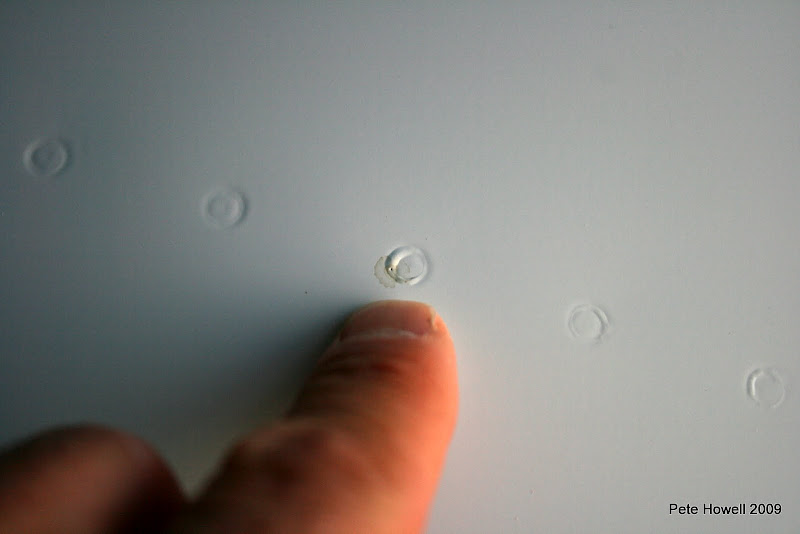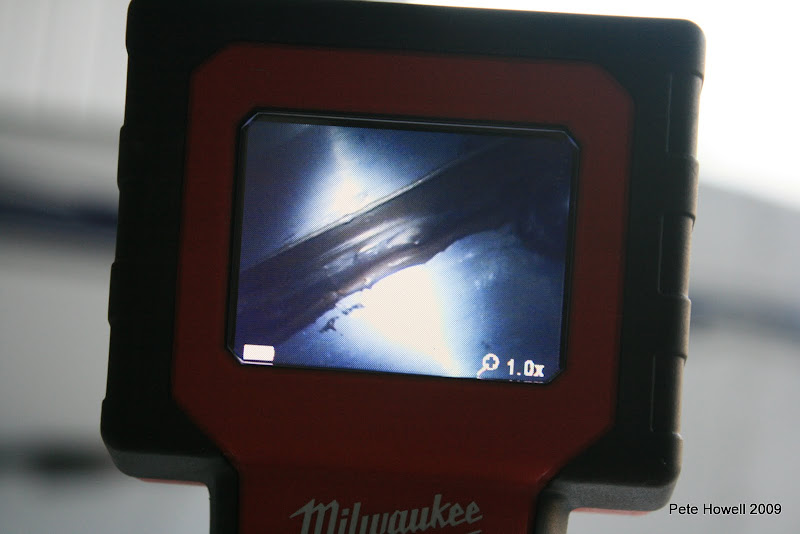Quick build kits have been available for RV's since about 1994 (15 years). I have seen teh inside of many of those tanks over the years and can tell you that they didn't just stop encapsulating rivets in the last couple of years of production.
If not, then why does this problem seem to have just started up in the last couple of years?
This is the type of question we need to answer.
And it's a darn good question too.
I'm not an old-time RV guy, so please excuse me if I'm being dumb. We all say "proseal", but am I correct in thinking the Proseal brand is a product of PRC-DeSoto, a division of PPG?
Am I also correct in thinking Vans did sell/specify the PRC-DeSoto product at one time, but now sells a Flamemaster Corporation sealant?
So when did they switch?












